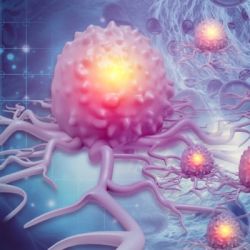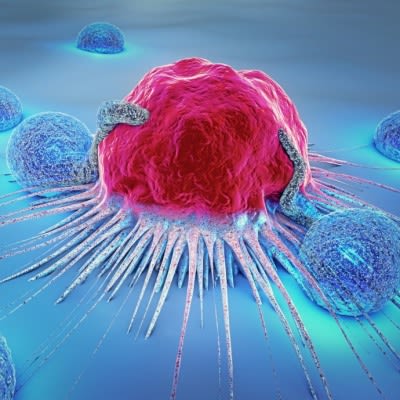There has been concern among radiologists regarding the potential impact of artificial intelligence (AI) on their profession. However, the dire predictions of AI completely taking over the job have not come to fruition. Instead, there is an opportunity for radiologists to embrace and work alongside AI technology.
Hologic have seen over 50% reduction in breast cancer mortality since they began screening mammograms since 1981. There is a large Canadian study involving 2.8 million women screened for breast cancer over a 20-year period. The study found that women who underwent regular screenings had a 94% survival rate compared to 85% for women who were not screened, highlighting the importance of breast cancer screening in detecting the disease at an early stage. 75% of all women in Canada were diagnosed with early stage cancer, but 25% of women are diagnosed at late stage. One contributing factor to the late-stage diagnosis is delayed access to cancer screening, which can be attributed to various reasons such as limited availability of screening facilities, long wait times, and backlogs in screening services.
It is essential for healthcare systems to prioritise reducing screening backlogs to ensure timely and effective detection of breast cancer.
There are social determinants in health that we know affect women of colour and women who are economically disadvantaged. Additional wait times for mammography and other screening procedures can create challenges for women seeking healthcare. Sometimes there are cultural norms which may hinder women from seeking care. All these factors are contributing to a situation where these women may not get the healthcare they need.
Utilising technology, such as AI, can help improve efficiency and address the backlog in breast cancer screening. It presents a promising opportunity to address the challenges and enhance the detection and diagnosis of breast cancer at an early stage.
Despite the significant reduction in breast cancer mortality, there is still a gap in detecting all cancers at an early stage. AI is a promising tool for breast cancer detection, and its implementation can help bridge this gap. The AI benefits are already being witnessed at academic centers where AI has been improving the efficiency of radiologists' workflow. It has resulted in a reduction in the time required to read a study by 50%, a decrease in false positives, a reduction in false alarms, and an increase in accuracy.
Hologic has revolutionised breast cancer screening. Their 3D mammography technology has brought significant advancements to breast cancer screening. 3D mammography has found 20% -65% more invasive breast cancers compared to traditional 2D mammography alone. Additionally, the technology has been associated with a reduction in callback rates by up to 40%.
The purpose of AI is to help the radiologists and not replace them. It works in the background to enhance image quality, ensuring that potential abnormalities are not overlooked. This collaboration between AI and radiologists can help optimise the accuracy and efficiency of mammography interpretations.
Initially, AI algorithms were programmed to identify specific patterns or features that radiologists were trained to look for in mammograms, replicating the knowledge and expertise of human radiologists.
However, with the advancement of deep learning techniques, AI algorithms have the ability to learn and analyse images on their own.
The accuracy of the algorithms and greatly improved performance has allowed us to achieve things we could not achieve with the older AI. It is able to identify those that are more likely to be benign and those that are more suspicious. This capability helps radiologists in partitioning their time more efficiently, allowing them to work on cases that require their expertise and attention.
Expert radiologists believe that AI will not replace their jobs in the foreseeable future. Instead AI will allow them to enhance the efficiency of their workflow, providing them with more time to dedicate to patient communication and value-added care.
Source: Hologic, Inc. YouTube
Image Credit: iStock






















